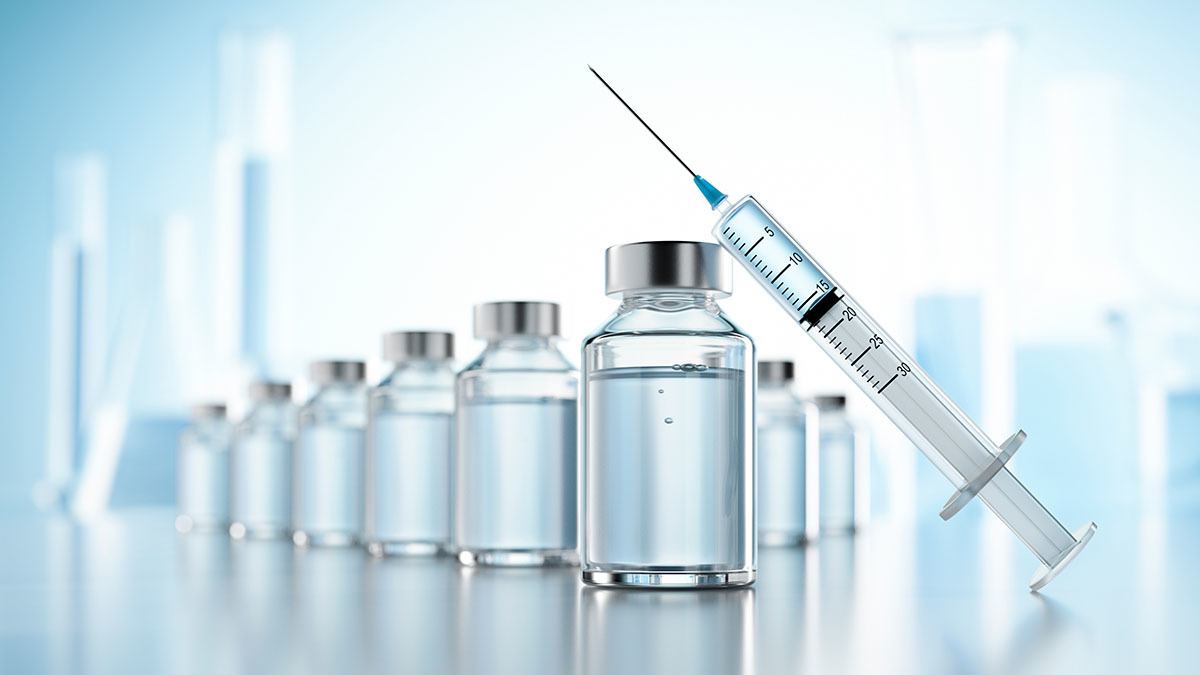USP High Resolution Mass Spectrometry Leachables Testing
The USP High Resolution Mass Spectrometry (HRMS) Leachables Testing is a critical component of pharmaceutical quality assurance and compliance. This testing method ensures that the materials used in drug manufacturing do not introduce unwanted compounds into the final product, thereby safeguarding patient safety.
Pharmaceuticals are complex formulations with numerous components that can interact during processing or storage. Leachables refer to chemicals from packaging materials, containers, and other contact surfaces that may leach into the medication. Ensuring these do not exceed safe limits is crucial for drug efficacy and patient safety.
The USP chapter 661 provides guidelines for leachable substances in pharmaceutical products, emphasizing the need for thorough analysis using advanced techniques like HRMS. This method offers superior sensitivity and selectivity compared to traditional analytical methods such as GC-MS or LC-MS/MS. It can detect trace amounts of contaminants down to parts per billion (ppb), making it indispensable for ensuring regulatory compliance.
HRMS uses high-resolution mass spectrometers capable of resolving complex mixtures and identifying individual components with precision. This technology allows laboratories to differentiate between similar compounds based on their molecular structure, which is essential when dealing with diverse leachables from various sources.
In summary, USP HRMS Leachables Testing not only meets regulatory requirements but also enhances product quality by minimizing the risk of contamination. It plays a pivotal role in ensuring patient safety and maintaining the integrity of pharmaceutical products throughout their lifecycle.
Scope and Methodology
The scope of USP HRMS Leachables Testing encompasses the identification, quantification, and characterization of leachable substances from packaging materials, containers, and other contact surfaces in pharmaceutical products. This testing ensures that these components do not exceed acceptable limits as defined by regulatory bodies such as the United States Pharmacopeia (USP).
The methodology involves several key steps:
- Sample Preparation: The process begins with selecting appropriate samples that represent the packaging materials, containers, or other contact surfaces used in pharmaceutical production.
- Liquid Chromatography (LC): After extraction, the sample undergoes liquid chromatography to separate complex mixtures into individual components.
- High Resolution Mass Spectrometry (HRMS): The separated compounds are then introduced into a high resolution mass spectrometer for precise measurement and identification. This step ensures accurate quantification and structural elucidation of leachables.
The data obtained from HRMS is analyzed using software that compares the observed spectra with reference standards, allowing for both qualitative and quantitative assessments. Compliance with USP guidelines is ensured by comparing results against established limits provided in relevant sections of USP monographs.
Customer Impact and Satisfaction
- Enhanced Quality Assurance: By leveraging HRMS, pharmaceutical companies can achieve higher levels of quality assurance, ensuring that their products meet stringent regulatory standards.
- Patient Safety: Reducing the risk of leachables exceeding safe limits enhances patient safety and builds trust with healthcare providers and consumers.
- Regulatory Compliance: Demonstrating compliance with USP guidelines provides assurance to regulatory agencies, ensuring smoother product approvals.
- Risk Reduction: Early detection of potential issues through comprehensive leachable analysis helps mitigate risks associated with drug development and manufacturing.
Our clients benefit from our expertise in this area, which translates into enhanced reputation and competitive advantage. By adhering to the highest standards and employing cutting-edge technology, we ensure that every client receives reliable and accurate results.
Competitive Advantage and Market Impact
In a highly regulated industry like pharmaceuticals, ensuring compliance with USP leachables testing is not just necessary but also a strategic advantage. By investing in advanced technologies such as HRMS, companies can differentiate themselves by providing superior quality products.
Our comprehensive approach to USP HRMS Leachables Testing offers several competitive advantages:
- Advanced Detection Capabilities: Our high-resolution mass spectrometers allow us to detect even trace amounts of leachables, ensuring that no component is overlooked.
- Comprehensive Reporting: We provide detailed reports that not only list detected substances but also offer insights into their potential impact on the final product.
- Regulatory Expertise: Our team of experts keeps abreast of the latest regulatory changes, ensuring our clients stay compliant with evolving standards.
The market impact of robust leachables testing cannot be overstated. It fosters trust among stakeholders and enhances brand reputation, which are invaluable assets in the pharmaceutical industry.





